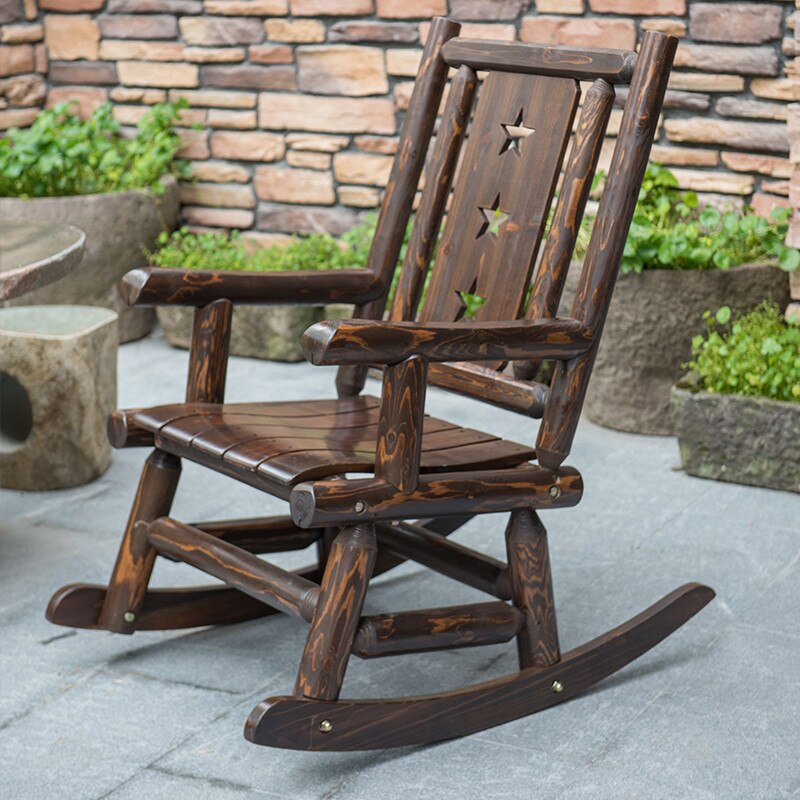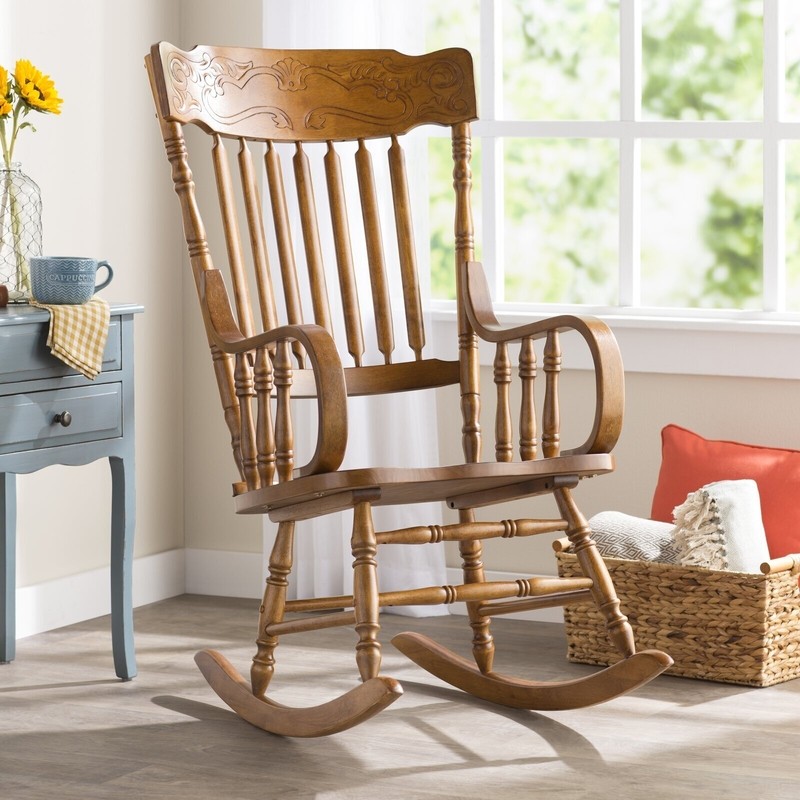The Rise of Modern Classics: Plastic Molded Rocking Chairs: Modern Classics Plastic Molded Rocking Chair

The emergence of plastic molded rocking chairs as modern classics is a testament to the evolution of furniture design and the enduring appeal of this iconic form. The story of these chairs is interwoven with the development of plastic as a material and the growing interest in modern design principles.
The Evolution of Plastic Molded Furniture
The development of plastic molded furniture is intrinsically linked to the history of plastics themselves. The invention of Bakelite in 1907 marked a significant turning point, as it was the first truly synthetic plastic. Bakelite’s durability, heat resistance, and moldability made it ideal for producing furniture components, and it was soon adopted for various applications, including chairs.
The rise of mass production techniques in the mid-20th century further propelled the use of plastics in furniture design. The ability to produce large quantities of consistent and affordable plastic furniture components opened up new possibilities for designers and manufacturers.
The introduction of polypropylene in the 1950s revolutionized plastic furniture design, offering a lightweight, durable, and versatile material.
The development of injection molding technology in the 1960s and 1970s further enhanced the capabilities of plastic furniture production, allowing for complex shapes and intricate designs to be created with greater precision.
Design and Functionality

The modern plastic molded rocking chair, a true testament to the principles of form following function, showcases a unique blend of design and functionality. These chairs, often characterized by their minimalist aesthetics and ergonomic comfort, have become iconic pieces in modern design.
The Design Elements of Modern Classics, Modern classics plastic molded rocking chair
Plastic molded rocking chairs are renowned for their sleek and streamlined designs. The use of plastic allows for intricate curves and forms that would be difficult to achieve with traditional materials. This material also enables the creation of chairs that are lightweight, durable, and easy to maintain.
“The beauty of the design lies in its simplicity. The chair is both functional and aesthetically pleasing, and it is a perfect example of how form can follow function.” – [Name of a renowned designer or critic]
The rocking motion, a defining characteristic of these chairs, is achieved through carefully engineered curves in the base. These curves, often subtle and elegant, provide a gentle and soothing rocking experience.
Examples of Modern Classic Rocking Chairs
Several iconic rocking chairs embody the principles of modernism, simplicity, and functionality.
- The Eames Rocking Chair, designed by Charles and Ray Eames, is a classic example of a plastic molded rocking chair that combines comfort and elegance. Its distinctive shape, with its wide, gently sloping back, provides excellent support and a comfortable rocking motion.
- The Panton Chair, designed by Verner Panton, is a bold and colorful example of a plastic molded rocking chair. Its unique, single-piece construction and vibrant colors make it a statement piece in any room.
- The Bertoia Diamond Chair, designed by Harry Bertoia, is another classic example of a plastic molded rocking chair. Its distinctive diamond-shaped frame and woven wire seat provide a unique and comfortable seating experience.
Ergonomic Considerations and Comfort
Ergonomic considerations are central to the design of plastic molded rocking chairs. The chairs are designed to provide support for the back, neck, and legs, ensuring optimal comfort during extended periods of sitting. The rocking motion, in addition to providing a soothing experience, can also help to improve circulation and alleviate stress.
“The rocking motion is a natural and intuitive movement that is both relaxing and stimulating. It can help to reduce stress, improve circulation, and promote a sense of well-being.” – [Name of a health professional or ergonomics expert]
The use of plastic allows for the creation of chairs that conform to the body’s natural curves, providing a comfortable and supportive seating experience. Many modern plastic molded rocking chairs also feature adjustable features, such as adjustable backrests and armrests, allowing users to customize the chair to their individual needs and preferences.
Materials and Production

The rise of plastic molded rocking chairs is inextricably linked to the material itself and the manufacturing processes that make them possible. Plastic’s unique properties and the advancements in molding techniques have revolutionized the design and production of these iconic pieces of furniture.
Advantages and Disadvantages of Plastic
Plastic offers a range of advantages for rocking chair construction, making it a popular choice for manufacturers. Its lightweight nature makes it easy to move and transport, while its durability ensures long-lasting use. Plastic’s versatility allows for diverse shapes and designs, enabling manufacturers to create chairs with unique aesthetics. Furthermore, plastic is relatively inexpensive compared to traditional materials like wood, making it an accessible option for consumers. However, there are also disadvantages associated with using plastic. Its lack of natural warmth and texture can sometimes make it feel less comfortable than wood. Plastic’s susceptibility to scratching and fading can diminish its aesthetic appeal over time. Additionally, concerns about the environmental impact of plastic production and disposal have raised questions about its sustainability.
Manufacturing Processes
The creation of plastic molded rocking chairs involves a complex yet efficient manufacturing process. The process begins with the design phase, where engineers and designers develop the chair’s form and functionality. The next step involves creating a mold, typically made of steel or aluminum, which serves as a template for the chair’s shape. The molten plastic is then poured into the mold, where it cools and solidifies, taking on the desired form. Once the chair has cooled and solidified, it is removed from the mold and undergoes a finishing process, which may include sanding, painting, or adding decorative elements.
Environmental Impact and Sustainable Alternatives
The environmental impact of plastic production is a significant concern. The extraction of fossil fuels to produce plastic, along with the emissions released during manufacturing, contribute to climate change. Additionally, plastic waste can persist in the environment for centuries, posing a threat to wildlife and ecosystems. There are, however, sustainable alternatives to traditional plastic. Bioplastics, derived from renewable sources like plants, offer a more environmentally friendly option. Recycling and upcycling plastic waste can also help reduce its environmental footprint. While plastic molded rocking chairs offer convenience and affordability, manufacturers and consumers alike are increasingly seeking sustainable solutions to minimize their environmental impact.
Modern classics plastic molded rocking chairs are a bit of a Marmite thing – you either love ’em or hate ’em. But if you’re looking for a bit of vintage chic with a contemporary twist, you might want to check out the Walker Edison rocking chair.
These bad boys have a real retro vibe, but with a bit more of a sophisticated edge. And let’s be honest, who doesn’t love a good rockin’ chair, right?
While modern classics like the plastic molded rocking chair offer comfort and practicality, sometimes you crave a piece of history. A recent JFK rocking chair auction offered a glimpse into a bygone era, highlighting the enduring appeal of vintage furniture.
These iconic chairs, though perhaps less practical than their modern counterparts, hold a certain charm that speaks to a different time, a time when craftsmanship and tradition were paramount.
